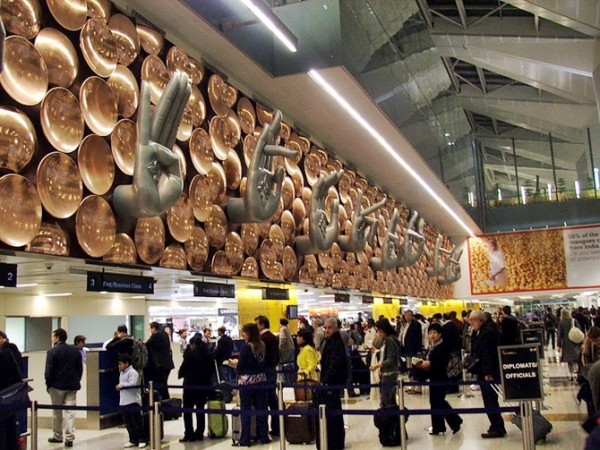Our airports and skies are choked. From 131 million in 2016, the total passenger traffic at airports is forecast to reach 378 million by 2026. Around 25 of the 126 airports operated by the Airports Authority of India (AAI) have reached saturation point, which means India needs to expand its airport capacity dramatically over the next decade.
To deal with a projected 55% rise in passengers, the Indian government has planned to nearly triple its spend on upgrading airport infrastructure till 2022, compared with that of the previous four-year period, according to a report by Quartz, quoting a senior official of AAI. Between 2013 and 2017, the body has already spent Rs 6,300 crore in all on infrastructure, according to its annual report for financial year 2017. The government has been working hard towards collaborating with the private sector, and has also managed to deliver positive results in some places. After the four major airports of Delhi, Mumbai, Bengaluru and Hyderabad were transitioned to the PPP model, they have started gaining immense global recognition for their quality standards.
However, this transition has not been able to keep up pace with the growing passenger capacity, or take care of pressing issues that plague the sector. Nearly 422 air safety violations were detected in 2016, compared to 275 in 2015, highlighting the need to improve safety infrastructure. News headlines of airlines avoiding mid-air collisions have become all too common. Contentious matters such as Air India’s disinvestment and the rising trend of jet fuel prices, are having detrimental effects on the growth of the sector.
The shortage of infrastructural facilities and manpower in tier-II cities is also likely to affect the government’s ambitious UDAN scheme for better regional connectivity. As the runways in these cities are shorter, aircrafts will have to cut down in size, which also require specially trained pilots. A massive shortage of Indian commanders is already forcing airlines to recruit pilots from overseas at a higher cost. If the scenario continues, the possibility of meeting burgeoning demand seems bleak.
The government now needs to come up with innovative models to attract more private players, handing over the operations, maintenance and management responsibilities to them. The private sector is better equipped to deliver latest technologies and generate revenues from sources other than airfare, even while maintaining minimum operational standards. In tier-II and tier-III cities, a different strategy for airport management should be deployed to make the UDAN project viable. The issue of clearing pilot licenses quickly is another area that needs to be looked at in order to match up to the demand for more and more pilots.
A recent deal by the AAI seems to be signaling a step in the right direction, with the body inking a 15-year contract for INR 945 crore with Harris Corporation to address the safety and efficiency concerns that lack air navigational infrastructure in India. As part of the deal, Harris Corporation will serve as the prime contractor and systems integrator for the programme, which is to be implemented over a period of two years. The new system will also play a key role in deployment of remote towers for managing air traffic services at RCS (Regional Connectivity Scheme) airports. In the long run, implementation of Futuristic Telecommunications Infrastructure (FTI) network would result in enhanced air traffic safety, increase in airspace capacity by allowing the controllers to reduce the separation limits and accommodating the aircraft to more economical and environment-friendly flight levels, thus reducing the overall carbon footprint.
India’s exponential air traffic growth will keep creating demand for newer aircraft, air navigation technologies, airport security equipment and infrastructure. An overhaul of infrastructural management is the only answer to meet the demands of rapid aviation growth.




















